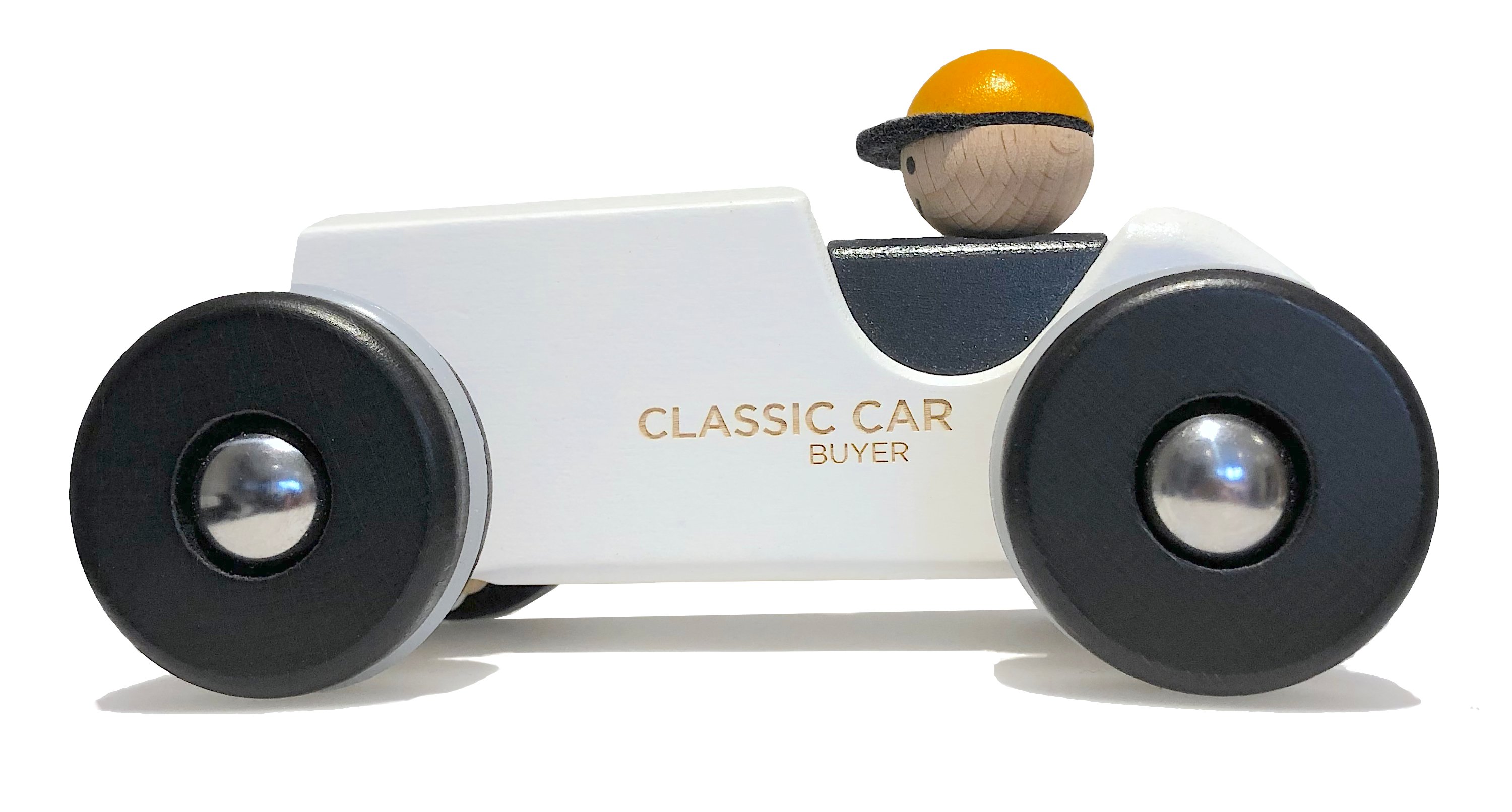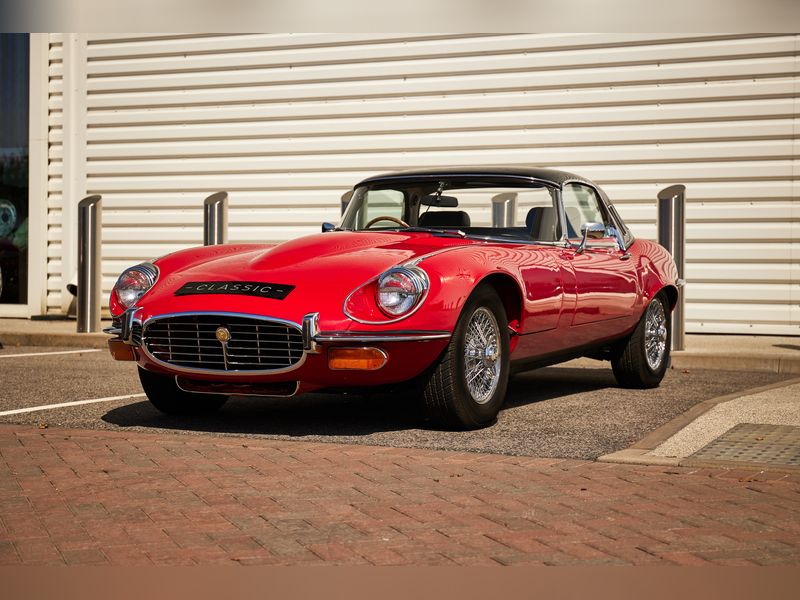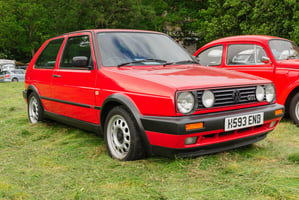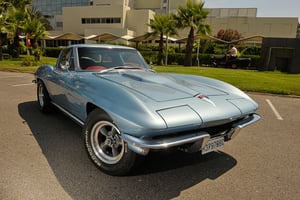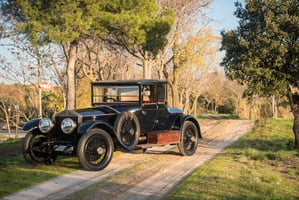The 1980s were a bit of a golden era for British motoring. It was a decade of Rubik’s Cubes,...
In the classic car world, there are very few cars that can boast the same level of elegance, performance and sheer timelessness as the Jaguar E-Type. Launched in 1961, this iconic sports car has captured hearts around the globe with its arresting beauty and exceptional performance. In this blog post, we take a closer look at the enduring allure of the Jaguar E-Type and its place in classic car history.
The E-Type is often described as one of the most beautiful cars to have existed. Indeed, after it was first unveiled Enzo Ferrari called it ‘the most beautiful car ever made’. The E-Type was revealed in 1961 to the public in a unique and dramatic fashion, being driven from the Browns Lane factory in Coventry to the Geneva Motor Show by Jaguar’s legendary test driver, Norman Dewis, covering nearly 700 miles in under 11 hours for the unveiling.
Malcolm Sayer, an aeronautical engineer, designed the E-Type using principles of aerodynamics and the car’s sleek and streamlined shape was influenced by his work on aircraft. Its long, sculpted bonnet, curvaceous fenders and iconic oval grille contribute to a design that effortlessly blends power with grace. Beyond its striking appearance, the E-Type boasted cutting-edge engineering, featuring independent rear suspension and a monocoque construction (where the body and chassis are integrated into a single unit), setting new standards for performance and handling in its time.
In terms of movement, the E-Type's performance matched its captivating looks. With a top speed exceeding 150 mph, it was one of the fastest production cars of its era. The dashboard featured a full suite of easy-to-read instruments, including a speedometer that went up to 160 mph, emphasising the car’s high-performance capabilities. Evolving over time, The E-Type underwent several evolutions during its production span from 1961 to 1974, with Series 1, Series 2, and Series 3 variations. Each maintained the car's core allure while incorporating refinements and updates to keep pace with changing automotive trends.
The potent combination of speed, agility and a distinctive exhaust note made it an instant legend on the road and the race track. It solidified its place in racing history with successes at events like the 24 Hours of Le Mans. To enhance its racing capabilities, Jaguar introduced the Lightweight E-Type. Only 12 of these aluminium-bodied racing versions were built, yet in 2013, Jaguar produced a limited-edition run of six continuation Lightweight E-Types to complete the originally planned series of 18 cars in the 1960s.
The E-Type wasn't just a car; it became a cultural phenomenon. Celebrities and iconic figures - including Steve McQueen, Frank Sinatra and Brigitte Bardot - were proud owners in its heyday, adding to the car's desirability. Today, the E-Type is a highly sought-after collector's item. Pristine examples fetch significant prices at auction, and enthusiasts worldwide cherish the opportunity to own a piece of this car’s history. Its enduring legacy can be seen in the fact that models are still on the road today, and many elements of its design are echoed in the the modern Jaguar vehicles.
The Jaguar E-Type stands as a testament to the exquisite blend of art and engineering in the car world. Whether admired for its aesthetics, revered for its racing victories or coveted as a collector's item, the E-Type continues to captivate classic car enthusiasts, ensuring its place on the road and in the hearts of car lovers worldwide.



